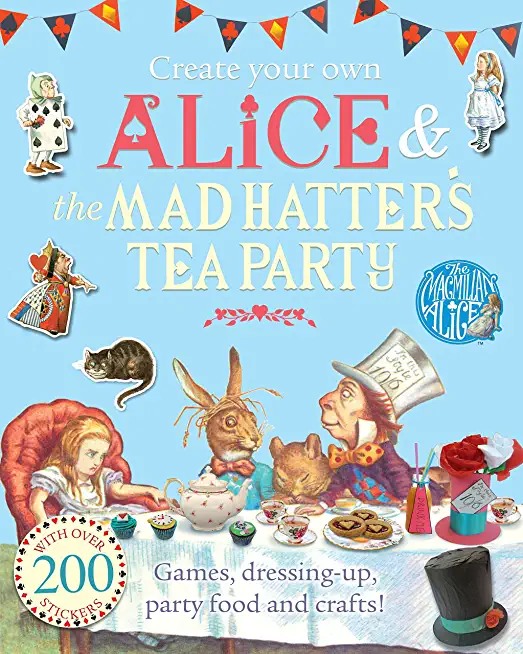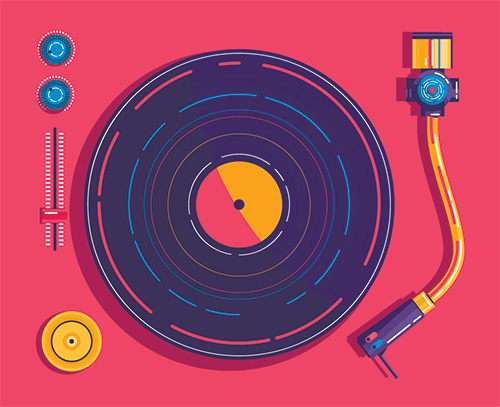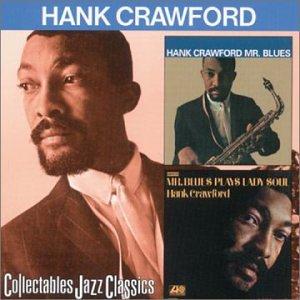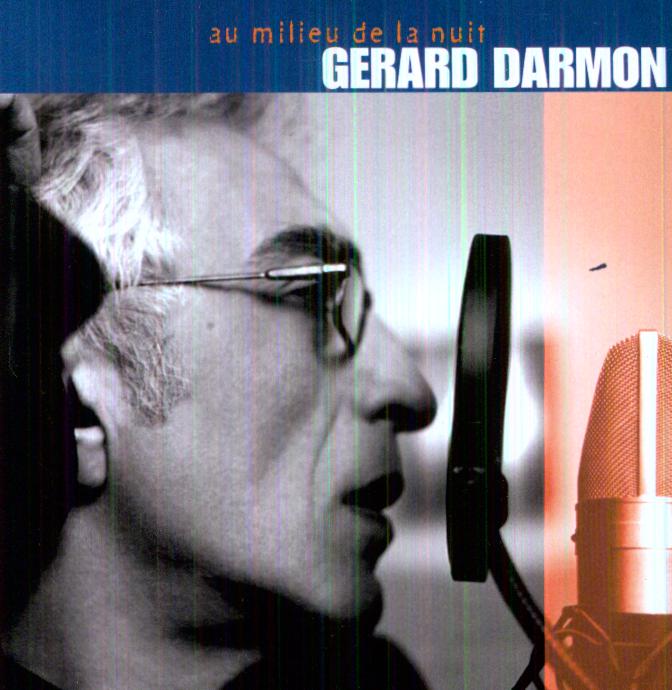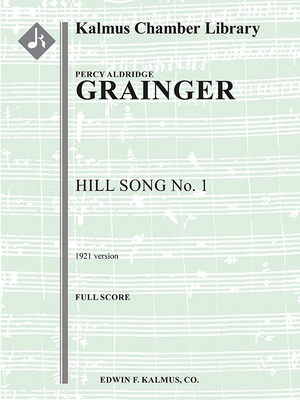
description
1Hill Song No. 1 is one of the most audacious and forward-looking of all the works by Percy Grainger. Begun in March 1901 while he was still a student at the Höch Conservatoire in Frankfurt, it is one of Grainger's earliest surviving compositions, though Grainger recalled it was a distillation of a number of techniques he tried out experimentally in the late 1890s; wide-tone scales," "irregular rhythms," "democratic polyphony," and "semi-discordant triads" among them. A passage toward the end that bears a misty resemblance to impressionist harmony was inspired, as Grainger admits, by seeing part of the score of Debussy's Pelleas et Mélisande in 1902. The first version of Hill Song No. 1 was completed in London in September 1902. The most radical thing about Hill Song No. 1 was its scoring, and indeed, this is what kept it out of the ears of the public for decades. It is scored for 24 winds -- two piccolos, six oboes, six English horns, six bassoons, and contra-bassoon. Due to his relative inexperience as a composer and German training -- after all, he was only 19 years old when he wrote the work -- Grainger spelled out compound rhythms in archaic ways, such as identifying a bar of 5/8 as "two and a half over four." Such rhythmic divisions are scattered throughout all of the 24 parts, with some differing divisions laid on top of one another; the best wind players in the world in 1902 could not read or play the Hill Song No. 1, which is what Grainger realized once he tried to mount a performance of the work. In 1907, he created the short, pithy Hill Song No. 2, which places some of the elements of the earlier piece in a more conventional context and is less than a third as long as the original. In 1921, he completely rebarred and rescored the Hill Song No. 1 for an ensemble of piccolo, flute, six double reeds, two saxophones, three brass, harmonium, percussion, piano, and six string parts. The added instruments were designed to address Grainger's concern about wheeziness of the high number of double reeds in the original version; he also created a version for two pianos at the same time. -Uncle Dave Lewis, AllMusic.com (excerpt) Instrumentation: 1+Picc.1+EH.0.1+CBsn: Sopranino sarrusophone in Eb(alt Ob2).Tenor sarrusophone in Bb(alt heckelphone, Tsax or Bcl): Ssax.Asax: 1.1.0.0.Euph: Perc(1).Harmonium.Pno: Str(1.1.2.2.1)."
member goods
No member items were found under this heading.
listens & views

RESIDENT EVIL: EXTINCTION (SCORE) / ...
by RESIDENT EVIL: EXTINCTION (SCORE) / O.S.T.
COMPACT DISCout of stock
$16.49
Return Policy
All sales are final
Shipping
No special shipping considerations available.
Shipping fees determined at checkout.

